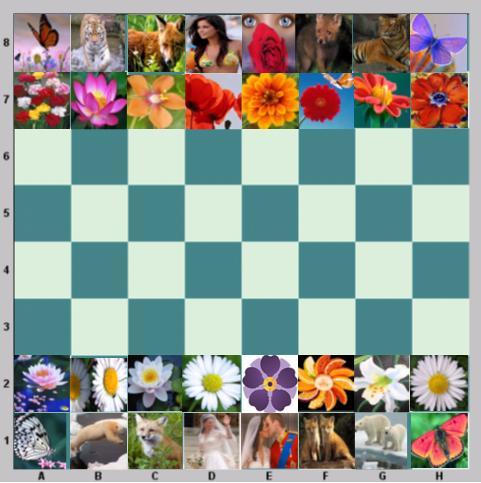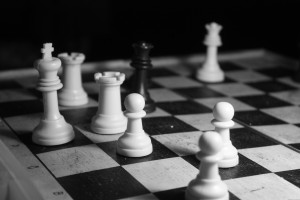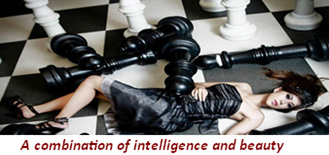
Chess GMI puzzles 1 Beauty Games- Chess Beauty puzzles
Echecs GMI puzzles 1 Jeux de Beauté
Beauté de Jeu d’Echecs – Chess Beauty puzzles
Шахматы красоты головоломки 1Շախմատի Գեղեցկություն
Բոլոր գեղեցկությունը շախմատի խաղի
國際象棋美女圖GMI PUZZLES
Combination of Intelligence & Beauty
Voici quelques problèmes d’échec de grands maîtres internationaux(GMI Elo 2400 ou plus) pour se divertir tout en s’amusant. Chercher les solutions aux problèmes, et contempler ces œuvres d’art !
Ces problèmes d’échec sont adressés aux amateurs autant qu’aux passionnés.
Jouer aux échecs est un loisir, un sport mental sans oublier les autres loisirs comme des voyages, tennis, football,cinéma, lecture, musique …
Here are some beautiful chess problems from games of big international masters (GMI Elo 2400 or more) for entertaining while having fun. Seek solutions to problems, and contemplate these works of art!
These chess problems are addressed to amateurs as well as enthusiasts.
Playing chess is a hobby, a mental sport without forgetting other hobbies like traveling, playing soccer, tennis, cinema, music …
We love to select chess beauty puzzles, diagrams, mat and winning problems, and combined them with beautiful panoramas, artistic paintings, photos of beautiful miss worlds , miss countries…
We love to discover chess beauty puzzles from big grandmasters , world chess champions and communicate them via internet to all who likes things to be beautiful !!!


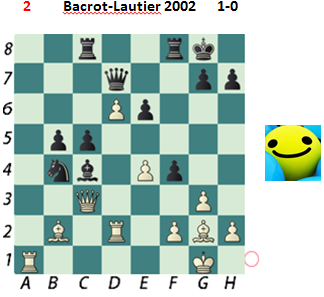



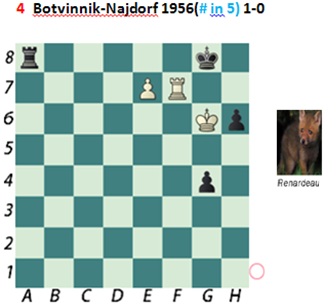



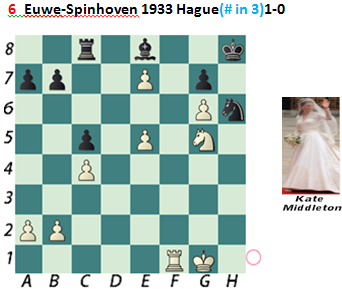



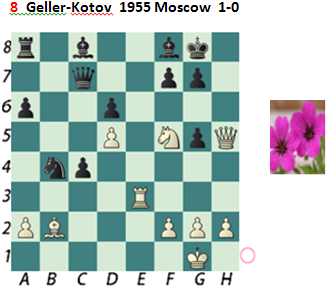



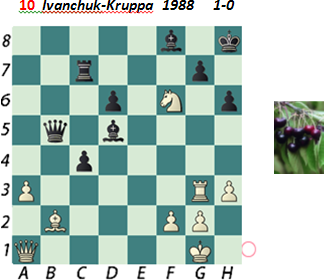





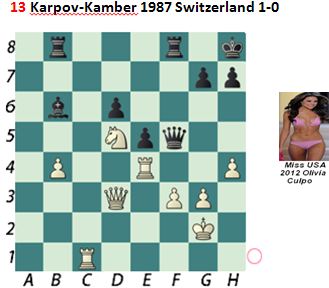


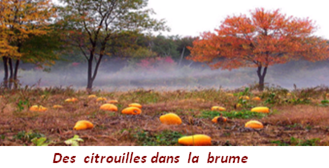
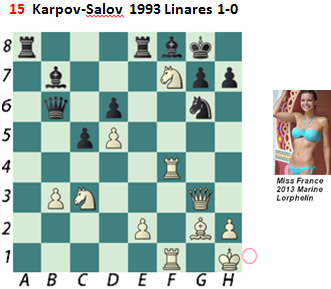

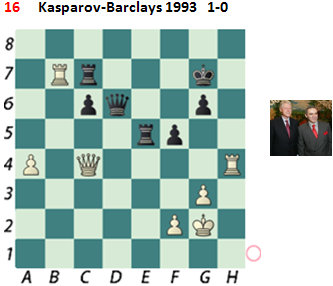
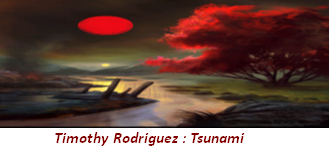


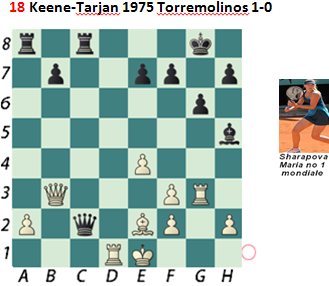





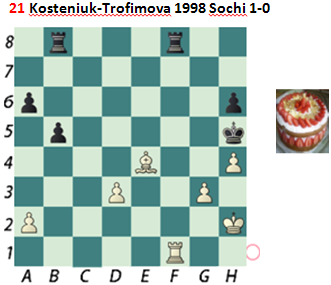

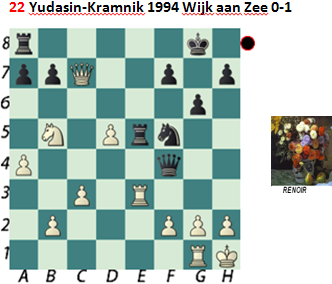

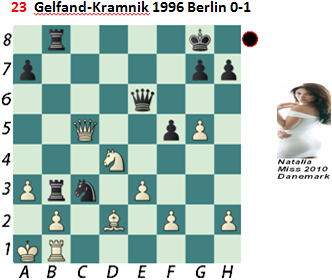

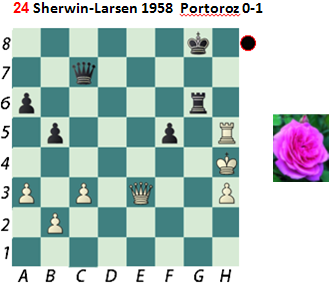



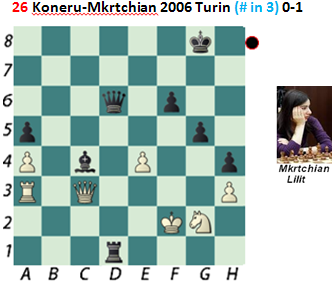

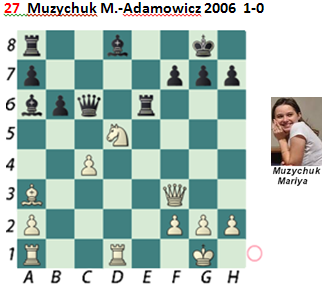






Source : Educational Technologies (Chess Beauty puzzles)
Chess is an exercise of infinite possibilities for the mind, one which develops mental abilities used throughout life: concentration, problem solving, strategic planning, creativity, analysis,… Chess can be used as a tool to teach problem solving .Through chess, we learn how to analyze a situation by focusing on important factors. We learn to add creative solutions and put plans into action.
Chess has been played and enjoyed by people around the world for two thousand years. If there were an award for game of the millennium, it would belong to chess. The game is said to have been invented in India around the fourth century b.c., it was called chaturanga,. Alexander the Great’s conquest of India brought the game west to Persia. It moved east from India along overland trade routes into the Orient and west from Persia into Arabia, where chatrang, as the game was later called, then spread across northern Africa and into Europe when the Moors invaded Spain, spread quickly through Europe and had spread even earlier north from Persia into Russia, so that before the discovery of the Americas chess had a firm and established following on three continents as a supreme fascination and test of mental ability, an art beauty enjoyed by both nobleman and peasant.
Many notable people in history made chess their favorite pastime. The game’s fascination was embraced by Queen Isabella and King Ferdinand of Spain, Churchill, Napoleon, Voltaire, and the great mathematician, Euler…
Many parallels have been drawn between mathematics, music, sport, art… ,and chess.
The reasoning in a chess combination is always of prime importance, a chess player think of possibilities that will not occur to a less imaginative logician.
The best chess games are works of art. They are the products of original and creative thinking…. The beauty of chess is as compelling and pleasure giving as any other art form. The endless opportunities for creating new combinations in chess are perhaps comparable to painting or music.
Several benefits accrue from the teaching and promoting of chess in schools:
- Chess limits the element of luck; it teaches the importance of planning.
- Chess requires that reason be coordinated with instinct.
- Chess is an endless source of satisfaction; the better one plays, the more rewarding it becomes.
- Chess is a highly organized recreation….
- Chess is an international language…. It can be a lifelong source of interest, amusement, and satisfaction.
Kennedy (1998) lists 8 reasons why chess should be included in the classroom:
- Chess removes barriers between students.
- Chess gives students at least one reason to come to school.
- Chess builds rapport between students and adults.
- Chess honors non-traditional cognitive styles.
- Chess builds life skills and critical thinking.
- Chess builds metacognition as students learn to examine their own thinking.
- Chess integrates different types of thinking.
Chess challenges and expands our understanding of intelligence ,thanks to the Chess Beauty puzzles .
